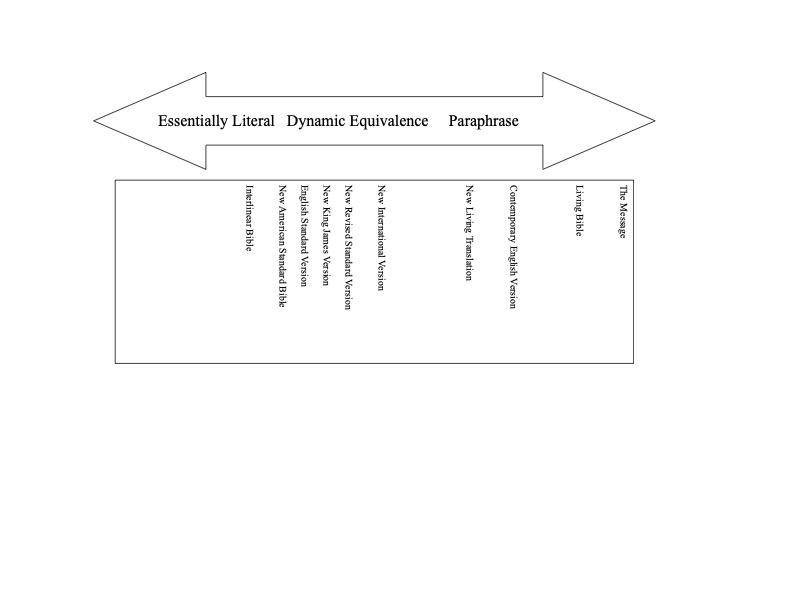Choosing Bible Translations Today

Part 1 – Introductory Comments
Given all that we have covered in these blog posts, how do we select a bible translation to use today? That is the topic I will cover in the coming weeks.
I begin by noting four key points.
First, there is no such thing as a perfect translation – language is simply too complex. As we have seen, every language has features that can never be perfectly translated into any other language. Thus, any claim that a particular translation is perfect or even the only acceptable English translation is false and is based on a complete misunderstanding of how all translations work.
Second, because languages change, all translations will have to be updated over time. English, like every other language, is changing over time. Words change their meaning and syntax changes. This is evident when one tries to read English from several hundred years ago – not to mention what is often referred to as middle English. Over the last 800 years or so English has changed so much that Middle English is virtually incomprehensible to a modern American. This means that even the best translations will become obsolete over time.
Third, all translations involve some amount of interpretation by the translator, although there is much less of this in essentially literal translations. It is simply not possible to take a document in one language and directly translate it into another. The translator must make many decisions on how to render the words and thoughts of the original into a new language. At times, they will simply have to choose what they believe the original author intended so they can determine how to best translate it into a new language. While this is done far more in paraphrases, it is also inherently part of dynamic equivalent and essentially literal translations as well.
Finally, no translation is perfect “word for word”, nor is any translation perfectly “thought for thought” or a complete free rendering. All exist on a spectrum. In general, the chart at the end of this post displays where several modern translations fall on the spectrum. Take a look – I think it will help you understand the theory and practice behind some familiar translations.
In future posts, we will continue looking at questions to ask in selecting good translations for use today.
In Christ,
Bret

